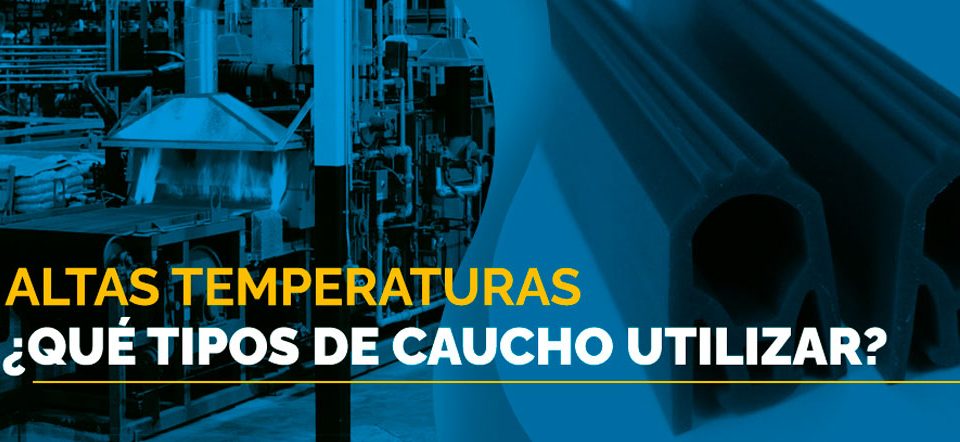In the world of elastomers, each type of rubber has a unique combination of physical and chemical properties, different compositions that provide each material with appropriate functionalities for specific uses. For instance, natural rubber is valued for its elasticity, whereas neoprene is often used when chemical resistance is required. However, when products working at high temperatures are needed, silicone rubber is, undoubtedly, the preferred elastomer.
Silicone was originally developed to satisfy the need of a material that could act as a good insulator for engines and electric generators. In 1943, Dow Chemical Company formed Dow Corning to research and develop such component. Silicone quickly became known as the ideal rubber for any application that demanded working at high temperatures. Nowadays, these heat-resistant materials are widely available in many manufactures, from medical equipment to automotive and even electronic articles.
SILICONE PRODUCTS HAVE THEIR OWN STRENGTHS AND WEAKNESSES IN COMPARISON WITH OTHER TYPES OF RUBBER:
Silicone vs. natural rubber: low compression, good elasticity and water resistance are common properties of both rubbers. Natural rubber stands out for its excellent resistance to abrasion and tearing; however, when materials that work at high temperatures are needed, silicone definitely has to be chosen, as it can keep its stability in extreme conditions.
Silicone vs. SBR: Styrene-butadiene rubber (SBR) is similar to natural rubber since it has excellent resistance to abrasion, a property required in dynamic applications that involve physical demands. SBR is also affordable, which is why it is one of the most common types of elastomers. Silicone rubber material has a much higher price and it is not so physically resistant to abrasion, but it offers an unequalled level of heat resistance in a wide temperature range and better resistance to ageing.
Silicone vs. NBR: Nitrile rubber (NBR) is a popular elastomer to use in joint and seal applications because of its unequalled resistance to petroleum-derived products. It also has good resistance to abrasion and tearing, but, unlike silicone, it works well with mild temperatures only.
Silicone vs. EPDM: Both EPDM and silicone are elastomers resistant to ozone, UV rays and outdoor factors. Manufacturers will prefer silicone to EPDM only if they will make their product undergo temperatures over 150°C, or if the application involves food processing–as it is chemically inert, it does not contaminate anything.
Silicone vs. Neoprene: Neoprene mainly offers moderate resistance to abrasion and a low level of compression. Silicone rubber material has an advantage with its better resistance to ozone, UV rays and outdoor factors, as well as better resistance to water and a much higher operating temperature.
In summary




